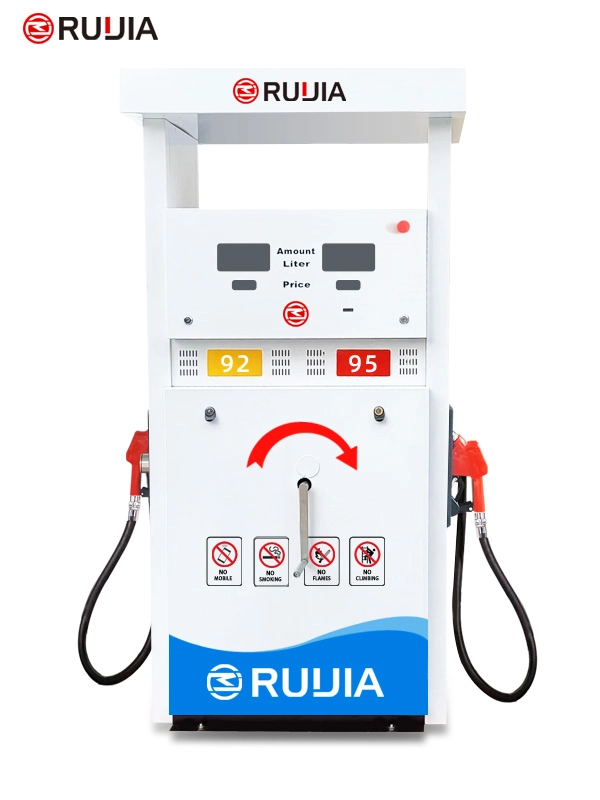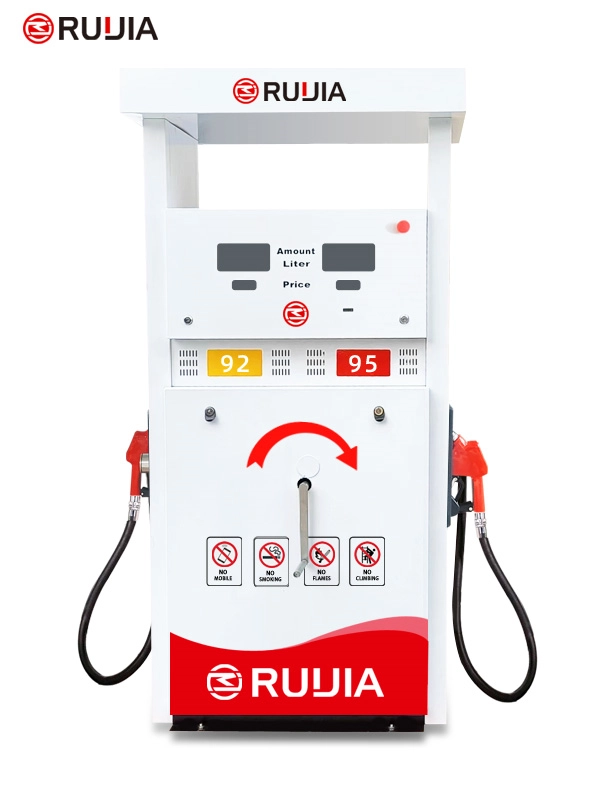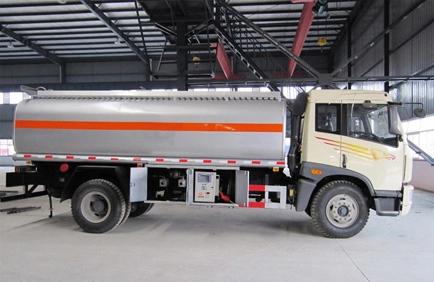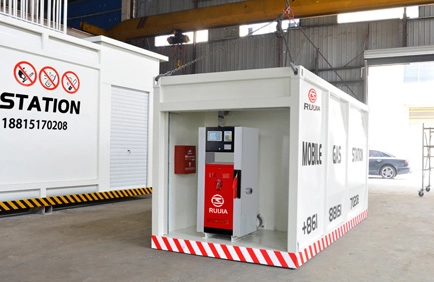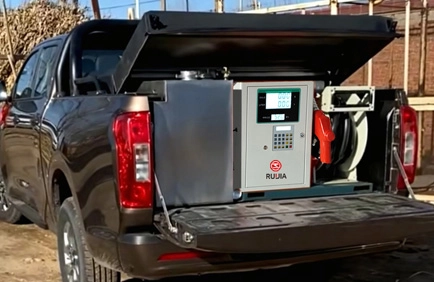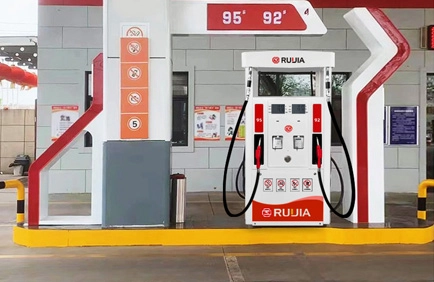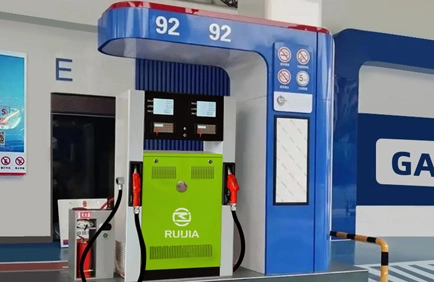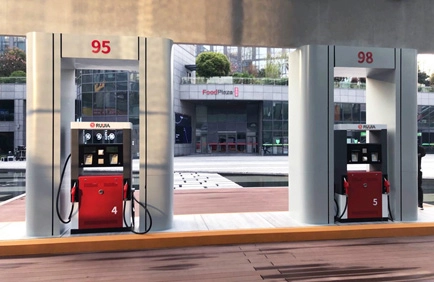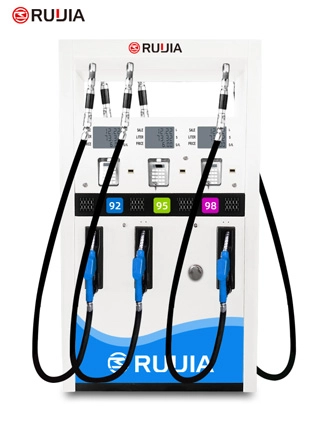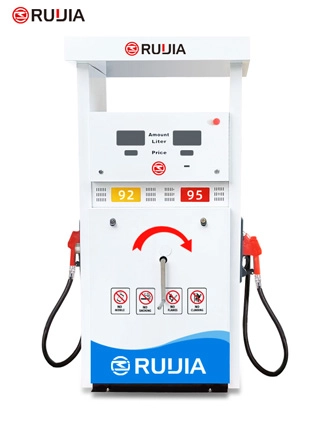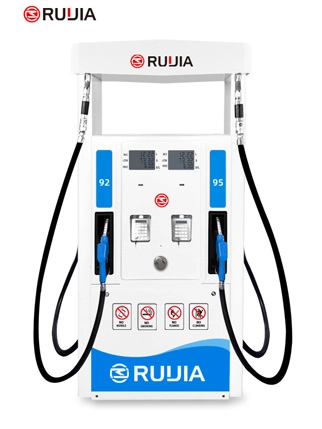Manual Fuel Dispenser Hand Pump
Product Parameter
- Product Name
- RJSYB Fuel Dispenser
- Brand Name
- Ruijia
- Product Size
- 1130X570X2200 mm
- Nozzle
- 2 Nozzles
- Flow Meter
- 4- piston Flow Meter
- Pump
- Vane Pump, Gear Pump
- Lcd Display
- 664, 886
- Temperature
- -25°C~ +55°C
- Pressure
- 0.3MPa
- Accuracy
- ±0.3%
- Unit Price
- 0.00 to 9999
- Flow Rate
- 5~60L/min or 5~100L/min
- Voltage
- AC 110V/220V/380V(50/60Hz)
- Suction Distance
- 6m(vertical), 50m(horizontal)
- Power
- 750W or 1100W
- Medium
- Gasoline, Diesel, Kerosene
Product Configuration
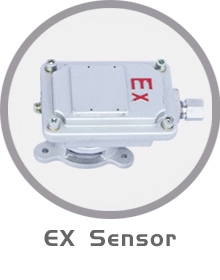

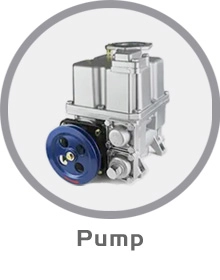
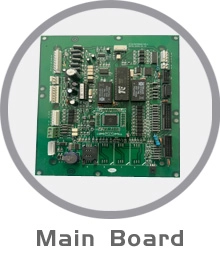
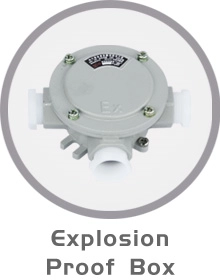
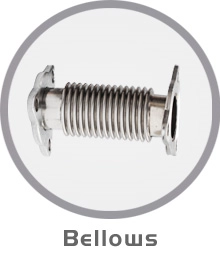

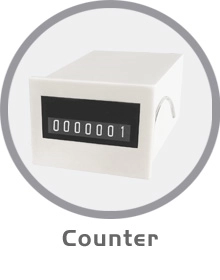
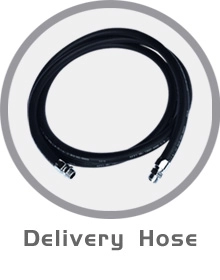
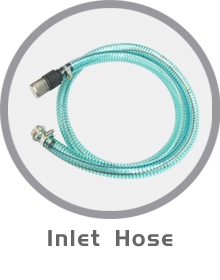
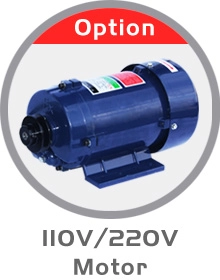
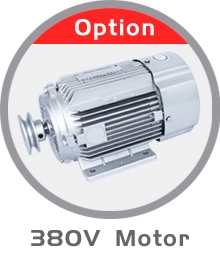

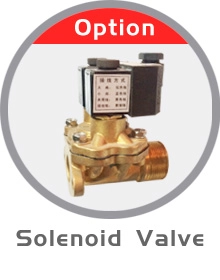
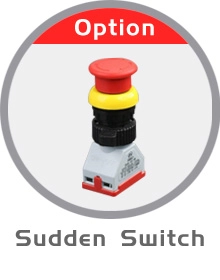

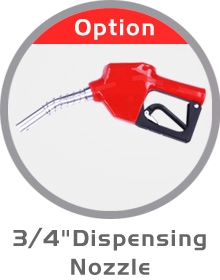
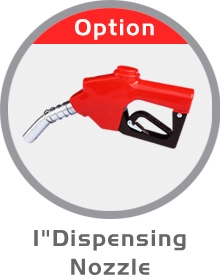
Our Certification

What is a Manual Fuel Dispenser Hand Pump?
A manual fuel dispenser hand pump is a simple yet essential device used to transfer liquid fuel from a storage container to a vehicle or another vessel. Unlike automated fuel dispensers found at gas stations, which rely on electric motors and complex control systems, a manual fuel dispenser hand pump operates entirely through human effort. This type of pump is commonly used in situations where electricity is unavailable, in remote locations, or as a backup system during power outages. Its design emphasizes portability, durability, and ease of use, making it a valuable tool in various industries and everyday scenarios.
Understanding the Functionality of a Manual Fuel Dispenser Hand Pump
At its core, a manual fuel dispenser hand pump is a mechanical device that uses a piston or diaphragm mechanism to create suction and pressure, allowing fuel to be drawn from a tank and dispensed into another container. The process involves a series of steps that convert physical force into hydraulic energy, enabling the movement of fuel.
Fuel Intake:
The pump is connected to a fuel source, such as a drum, tank, or underground storage system. A suction hose or intake tube is inserted into the fuel container, and the pump’s internal mechanism begins to draw fuel into the pump chamber.Pumping Mechanism:
The operator manually moves a handle or lever, which activates a piston or diaphragm inside the pump. This action creates a vacuum in the pump chamber, pulling fuel through the intake hose. As the handle is pushed back, the piston or diaphragm compresses the fuel, increasing its pressure and forcing it through the outlet.Fuel Dispersion:
The pressurized fuel is then directed through a nozzle or spout to the target container. The nozzle may include a shut-off valve to prevent overfilling or spills. Some models also feature a flow meter to measure the volume of fuel dispensed, though this is less common in manual systems.Safety Features:
While manual pumps lack the advanced safety systems of automated dispensers, they often include basic safeguards such as leak-proof seals, non-spill nozzles, and anti-static grounding to reduce the risk of accidents.
This straightforward process makes manual fuel dispensers ideal for low-volume fuel transfers, emergency situations, or environments where simplicity and reliability are prioritized over speed.
Key Components of a Manual Fuel Dispenser Hand Pump
A manual fuel dispenser hand pump consists of several essential parts, each playing a critical role in its operation:
Handle or Lever:
The handle is the primary interface for the operator, allowing them to generate the mechanical force needed to move fuel. It is typically made of durable materials like metal or reinforced plastic to withstand repeated use.Pump Housing:
The housing contains the internal components, such as the piston or diaphragm, and protects them from external elements. It is often constructed from corrosion-resistant materials to ensure longevity.Piston or Diaphragm:
This component is responsible for creating the suction and pressure required to move fuel. A piston moves linearly within the pump chamber, while a diaphragm flexes to achieve the same effect. Both mechanisms rely on the operator’s manual input to function.Intake and Outlet Hoses:
The intake hose connects the pump to the fuel source, while the outlet hose directs the fuel to the destination. These hoses are designed to be flexible and resistant to fuel degradation.Nozzle or Spout:
The nozzle is the point of contact between the pump and the target container. It may include a valve to control the flow of fuel and prevent spills. Some nozzles are equipped with vapor recovery systems to minimize fuel evaporation.Filters:
Many manual pumps include fuel filters to remove impurities like dirt, water, or sediment, ensuring the fuel is clean and safe for use.Mounting Base or Stand:
To stabilize the pump during operation, a mounting base or stand is often included. This helps prevent accidental tipping or damage during use.
These components work together to create a functional and efficient system for transferring fuel without the need for electricity or complex electronics.
Applications of Manual Fuel Dispenser Hand Pumps
Manual fuel dispenser hand pumps are used in a wide range of scenarios, particularly where automation is impractical or unnecessary. Some common applications include:
Rural and Remote Areas:
In regions without access to electricity or modern fueling infrastructure, manual pumps provide a reliable way to transfer fuel for vehicles, generators, and machinery.Emergency Situations:
During power outages or natural disasters, manual pumps can serve as backup systems for refueling emergency vehicles, generators, and other critical equipment.Small Gas Stations and Convenience Stores:
Some small-scale fueling operations use manual pumps to reduce costs and simplify maintenance. These pumps are often used for low-volume fuel transfers, such as refilling small tanks or portable fuel containers.Industrial and Agricultural Use:
Manual pumps are employed in industries like farming, construction, and mining to fuel equipment such as tractors, bulldozers, and diesel generators.Marine and Boating:
Boaters and marinas often use manual fuel pumps to transfer fuel from storage tanks to boats, especially in areas where automated systems are unavailable.DIY and Home Use:
Enthusiasts and homeowners may use manual pumps to refuel lawnmowers, motorcycles, or other small engines, particularly when working in areas without gas stations.
Advantages of Manual Fuel Dispenser Hand Pumps
Despite their simplicity, manual fuel dispensers offer several benefits:
Portability:
These pumps are lightweight and compact, making them easy to transport and use in various locations.No Electricity Required:
Since they operate manually, they are ideal for off-grid or power-outage scenarios.Cost-Effective:
Manual pumps are generally less expensive than automated systems and require minimal maintenance.Durability:
With fewer electronic components, they are less prone to malfunctions and can last for many years with proper care.Simplicity:
Their straightforward design makes them easy to operate and repair, even for individuals without technical expertise.
Challenges and Limitations
While manual fuel dispensers have their advantages, they also face certain challenges:
Physical Effort:
Operating a manual pump requires consistent physical exertion, which can be tiring for large-scale fuel transfers.Slower Operation:
Compared to automated systems, manual pumps are slower and less efficient for high-volume tasks.Risk of Spills:
Without advanced safety features, there is a higher risk of fuel spills or overfilling if the operator is not careful.Limited Precision:
Manual pumps often lack flow meters or digital displays, making it harder to measure fuel accurately.
Conclusion
A manual fuel dispenser hand pump is a versatile and reliable tool for transferring liquid fuel in situations where automation is not feasible. Its simple design, portability, and independence from electricity make it an invaluable asset in rural areas, emergency scenarios, and small-scale operations. While it may not match the speed or precision of automated systems, its durability and ease of use ensure its continued relevance in the modern world. As technology advances, manual pumps remain a testament to the enduring value of mechanical ingenuity, proving that sometimes the simplest solutions are the most effective. Whether used for refueling a boat, powering a generator, or maintaining a small business, the manual fuel dispenser hand pump plays a crucial role in keeping the world moving.
